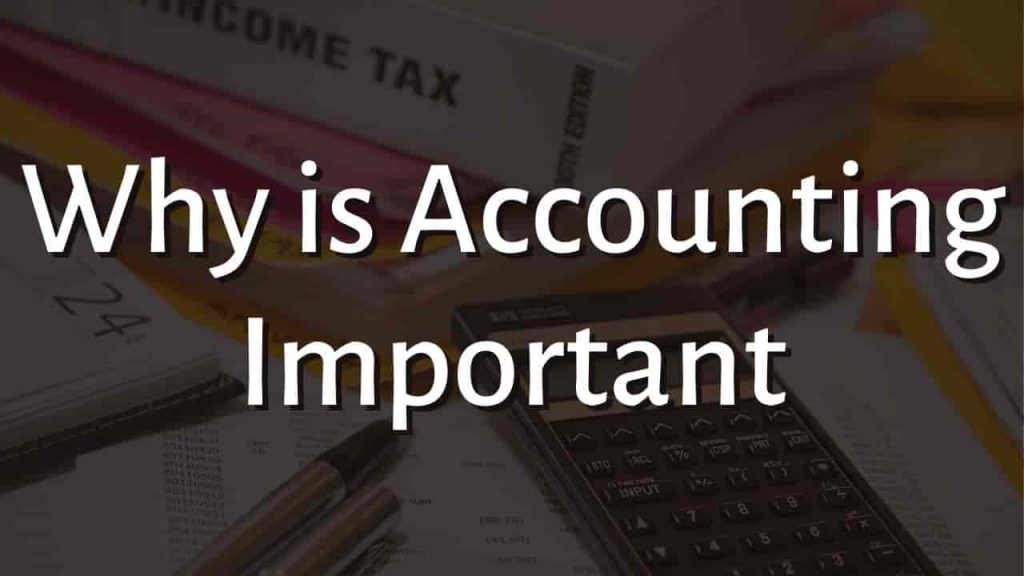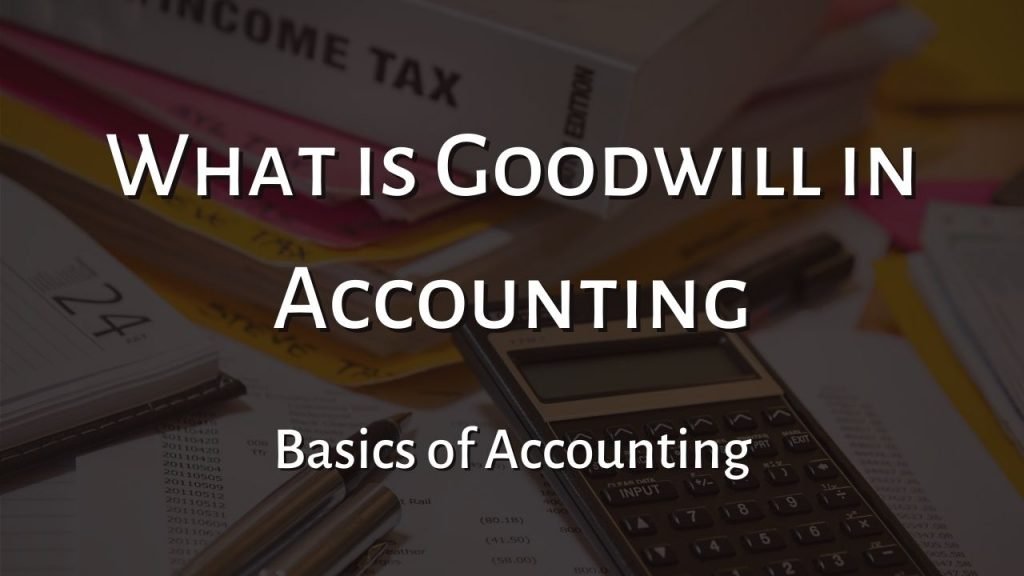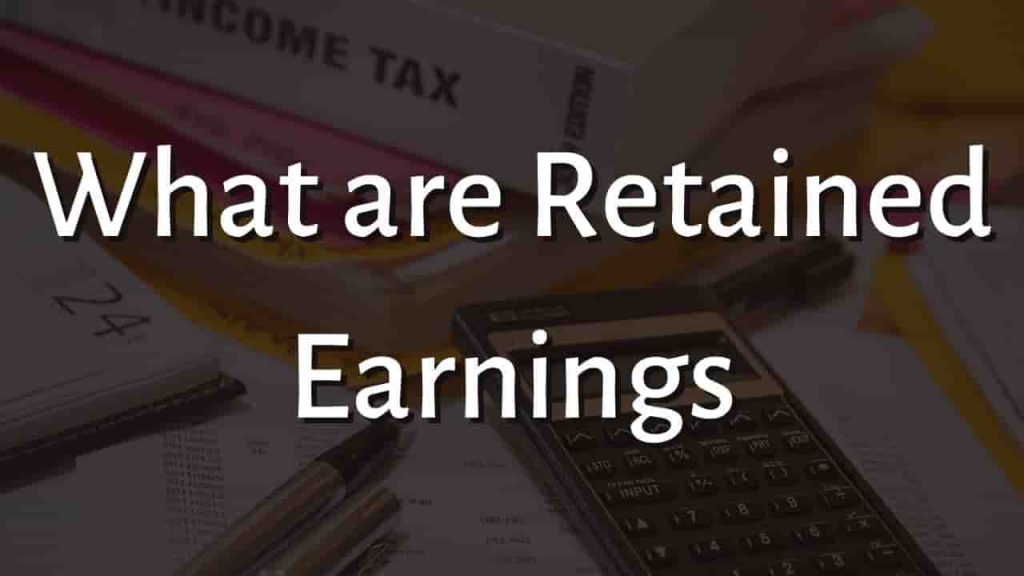Break Even Point
The break-even point is the point at which total cost and total income are equal, implying that your small firm has no loss or profit. In other words, you’ve reached the point where the expenses of manufacturing match the revenues for a product.
This is a key calculation in every new firm’s business strategy. Potential investors in a company want to know not only what kind of return they can expect on their capital, but also when they will see that return.
This is due to the fact that some businesses may take years to earn a profit, typically losing money in the first few months or years before breaking even. As a result, the break-even point is an essential component of every company plan given to a potential investor.
For existing businesses, this may be a valuable tool not only for examining expenses and calculating earnings at various sales volumes but also for demonstrating their possible recovery following a tragedy.
How Do You Calculate a Breakeven Point?
In general, the breakeven point in business is calculated by dividing fixed costs by the gross profit margin. This yields a monetary amount that a corporation must meet in order to break even.
In the case of equities, if a trader purchased a stock for $200 and it went from $250 to $200 nine months later, the trader would have hit the breakeven point.
Break Even Point Formula
Break Even Point = Fixed Cost / Selling price per unit – Variable cost per unit
Or
Break Even Point = Fixed Cost / Contribution Margin per unit
- Fixed costs are costs that do not vary with production (e.g., salary, rent, building machinery).
- The selling price per unit is the sales price per unit.
- The variable costs spent to manufacture a unit are referred to as Variable Vosts Per Unit.
- The Contribution Margin Per Unit is the monetary amount by which the selling price of a product exceeds its variable costs. Contribution margin per unit formula = Selling price per unit – Variable cost per unit
For example, if the selling price of a book is $100 and the variable costs to create the book are $5, the contribution margin per unit is $95 and helps to balance the fixed costs.
Break Even Point Example
Sun-Top is a San Francisco-based soft drink maker. The firm is thinking of releasing a new soft drink. The corporation wants to know how this new drink would affect the company’s finances.
As a result, they decide to compute the break-even point so that the corporation can judge whether the investment in this new product is worthwhile.
The accounting costs for the first month the product will be in production are as follows:
Fixed Costs = $2,000 (total cost for the month)
Variable Costs = 0.40 (per can will produced)
Sales Price = $1.50 (per can)
Calculating The Break-Even Point in Units
Break Even Point = Fixed Cost / Selling price per unit – Variable cost per unit
Break Even Point = $2000/($1.50 – $.40)
Break Even Point = $2000/1.10
Break Even Point = 1818 units
To achieve the break-even point, the corporation must sell slightly over 1800 cans of the new drink in a month.
How to Use a Break Even Analysis
You may establish your break-even point using break-even analysis. This, however, is not the end of your computations. When you examine the figures, you may discover that you need to sell a lot more things than you thought to break even.
At this point, you must decide whether your existing strategy is viable, whether you need to boost pricing, find a means to decrease costs or both. You should also assess if your things will be marketable.
The fact that the break-even analysis estimates the number of items that must be sold does not ensure that they will sell. Ideally, you should undertake this financial analysis before starting a firm so that you understand the risks associated.
In other words, you should determine whether the business is worthwhile. Existing firms should perform this analysis prior to introducing a new product or service to see whether the prospective profit is worth the initial expenditures.
Why Break Even Point is Important
Finding your break-even point will allow you to price your items more intelligently. Pricing involves a lot of psychology, but understanding how it will affect your profitability is just as vital. Especially when it comes to making sure you can pay all of your payments.
When considering a new company venture, it’s easy to ignore expenditures. When you finish the break-even analysis, you will have worked out all of your financial obligations, limiting potential surprises.
After you’ve completed the study, you’ll know precisely how much you need to sell to be successful. This establishes sales targets for your company. It will be easier to follow through if you have a number in mind.
It assists in limiting business decisions based on emotions. Your feelings are vital, but they should not be the driving force behind your business decisions. The break-even analysis can assist you in starting your firm on solid ground.
A break-even analysis is frequently required before accepting investors or debt to support your firm. It demonstrates the viability of your idea, which will make you feel more confident about obtaining finance.
For more click here and if you are looking for full forms of different acronyms and words then check out this list you really gonna find this helpful. We also have an Essay on every topic, Check the complete list here. If you are Studying in Matric Free Video Lectures of Maths, Physics and English are here, and we have got you covered for I.COM Business Maths also.







